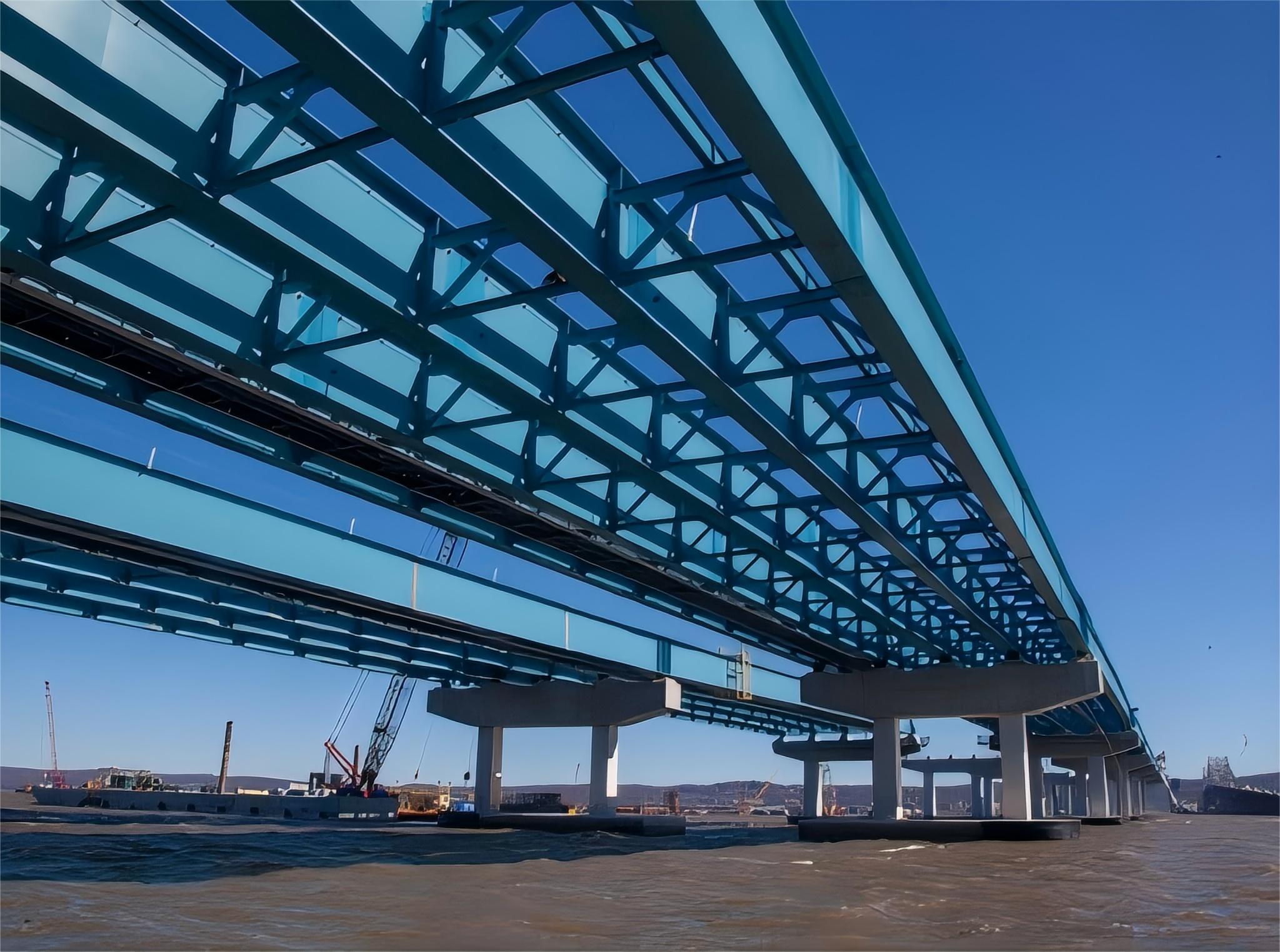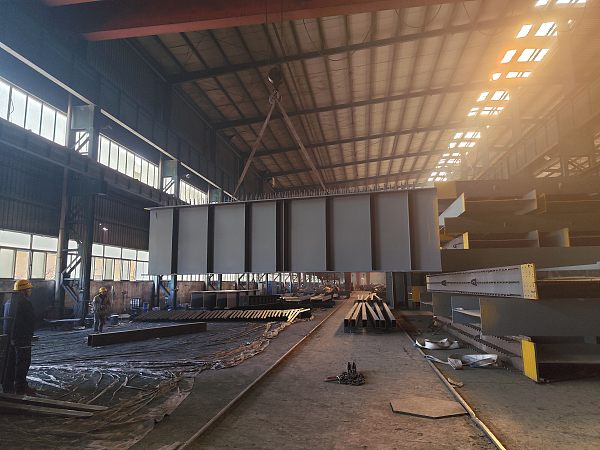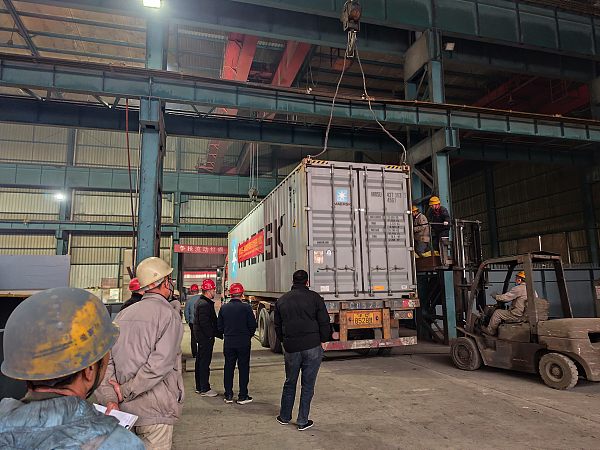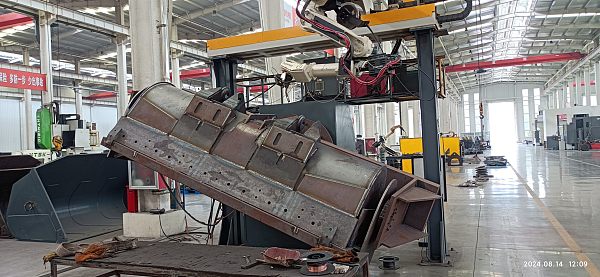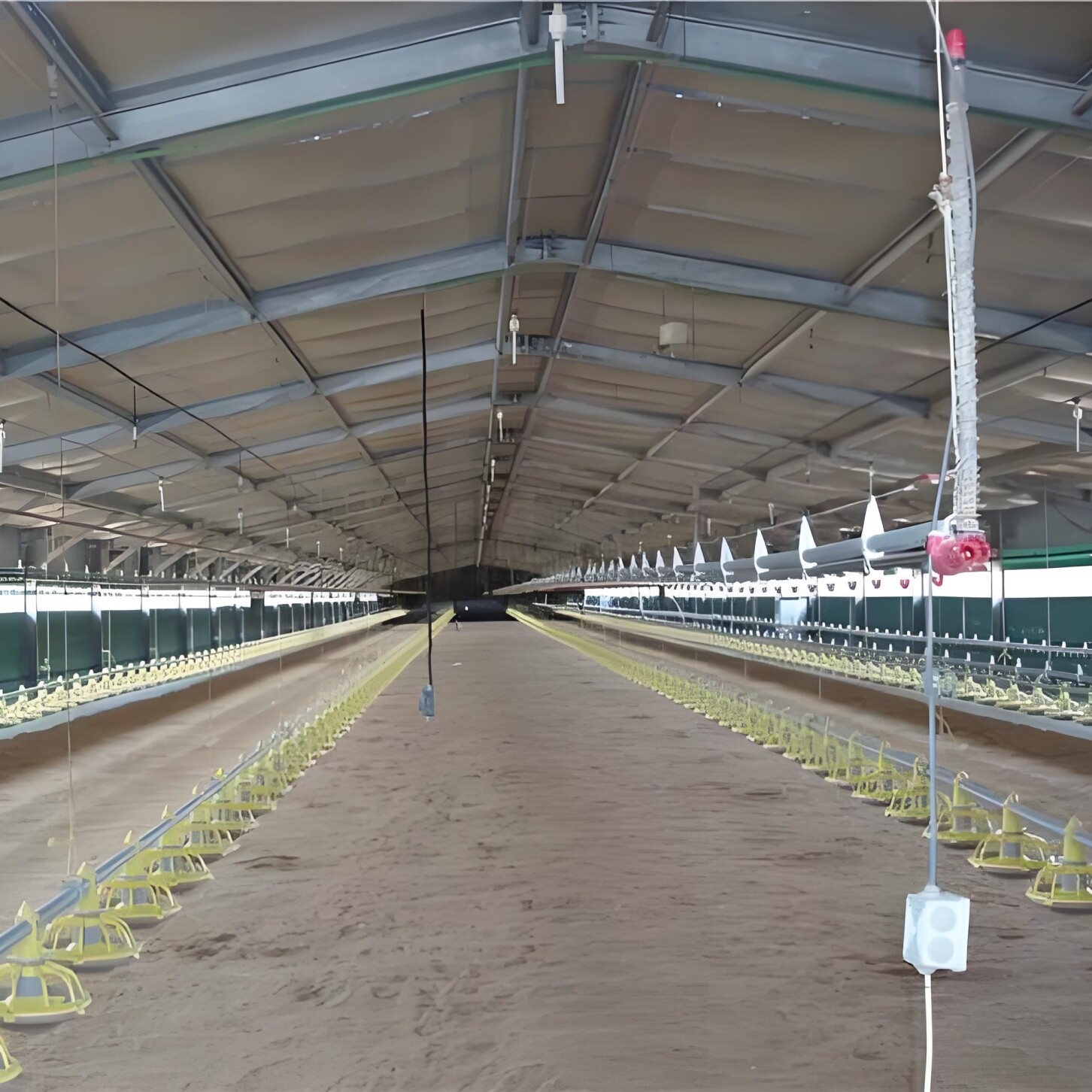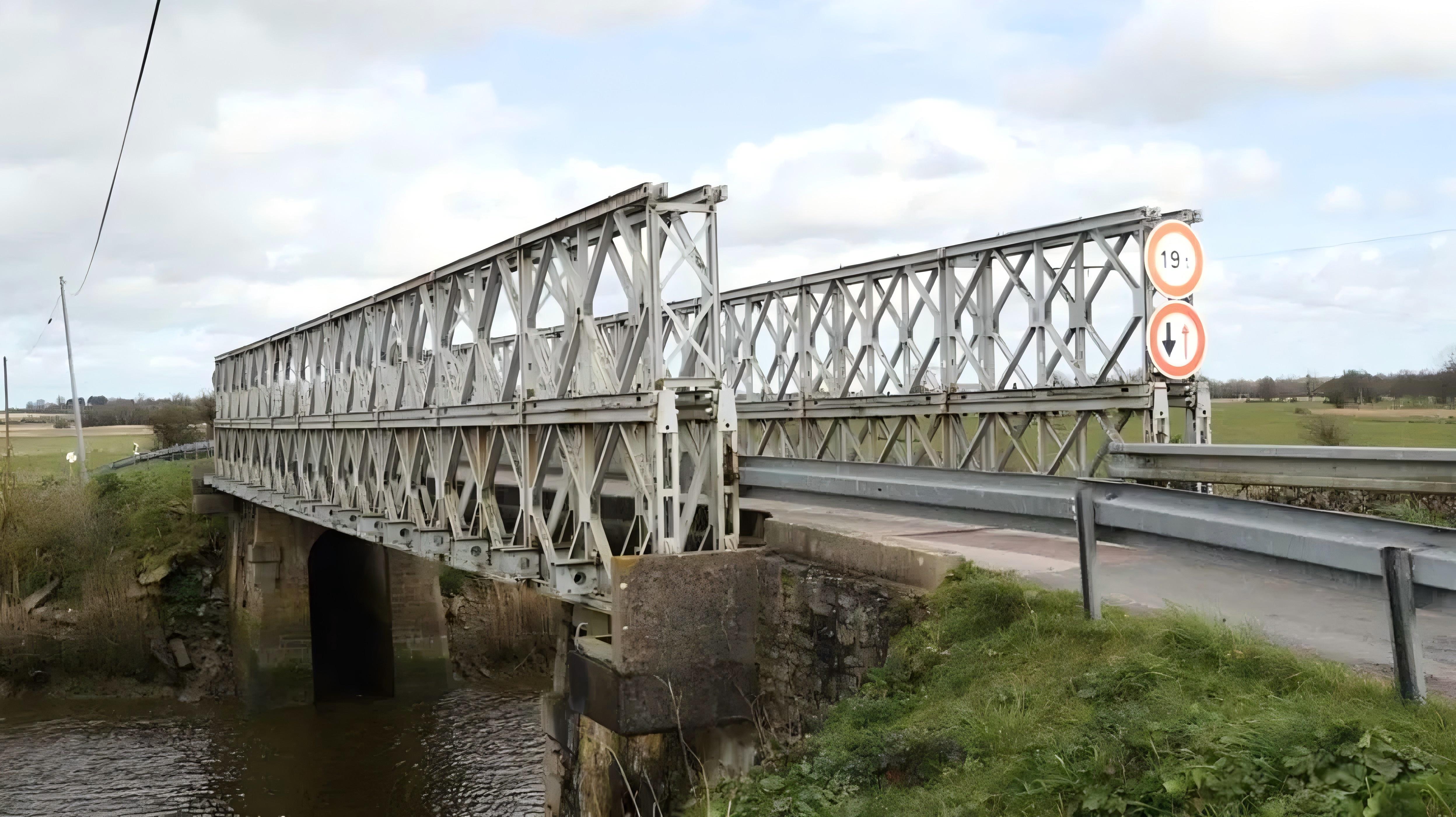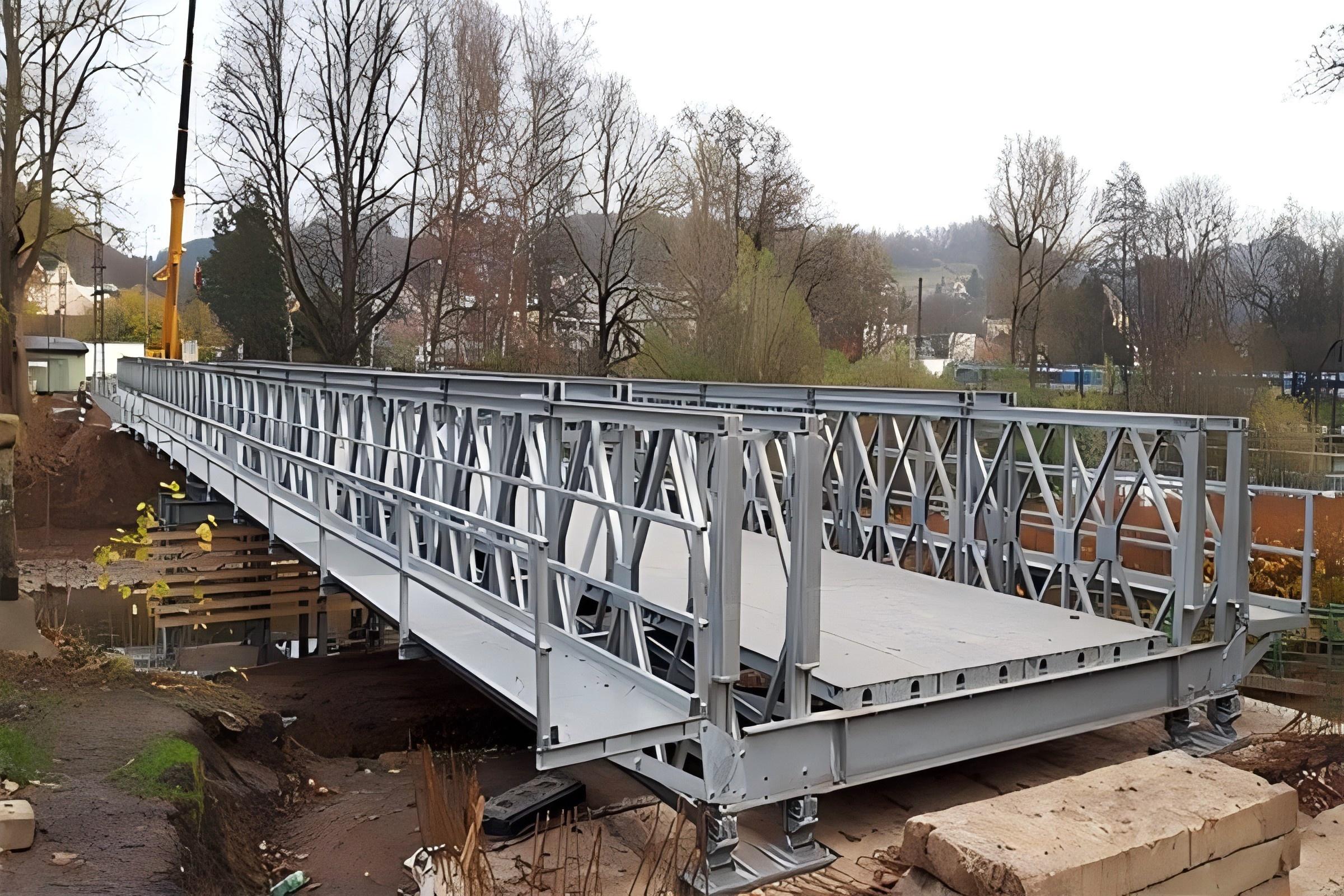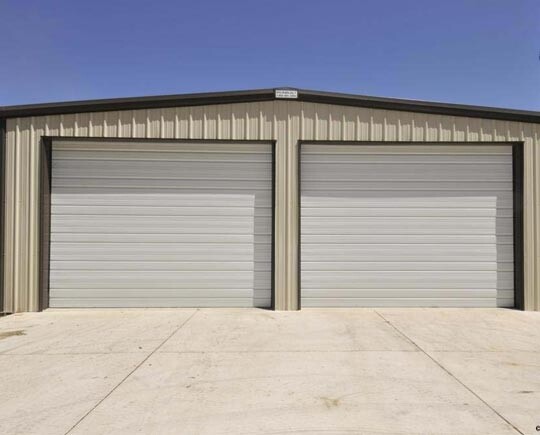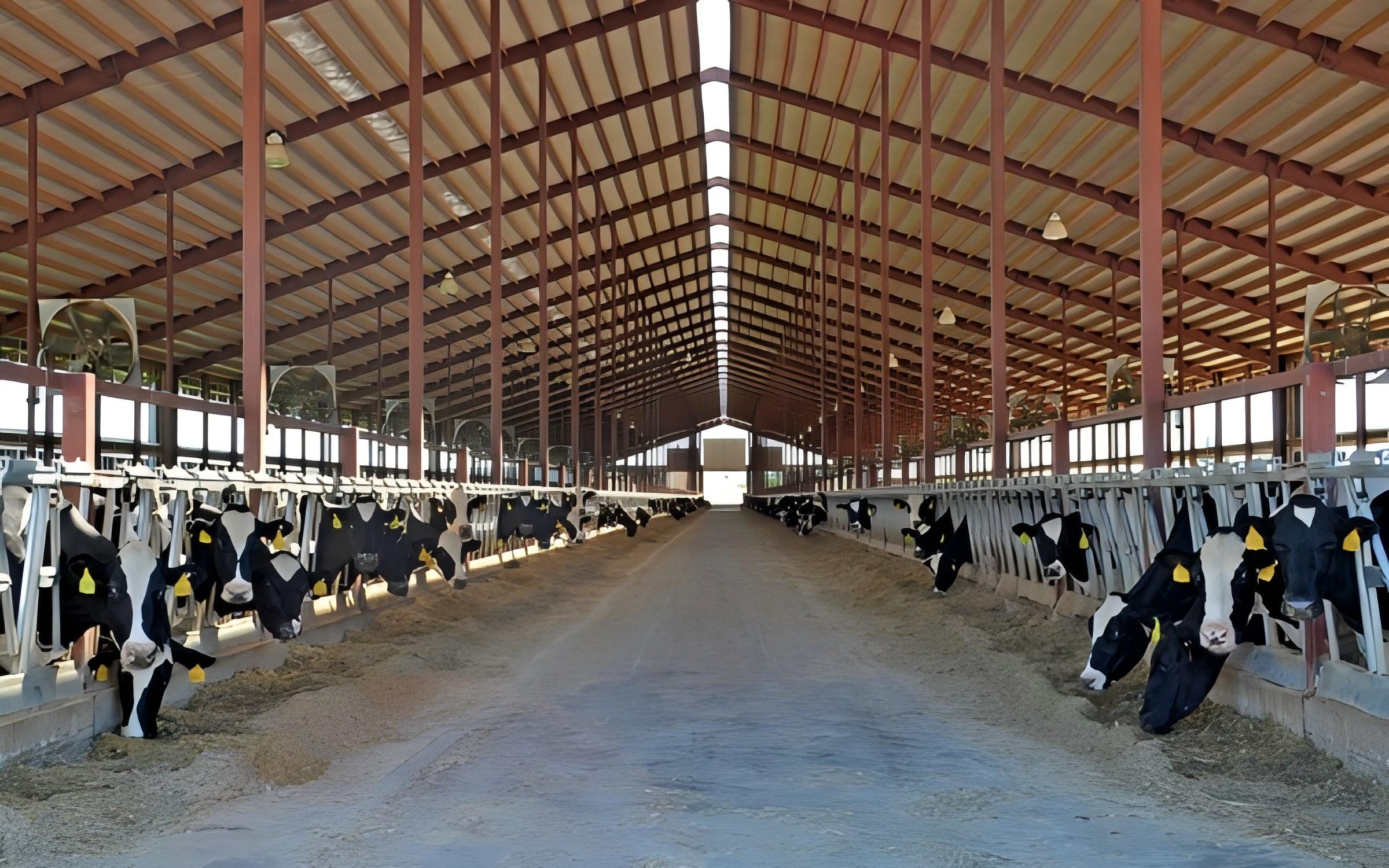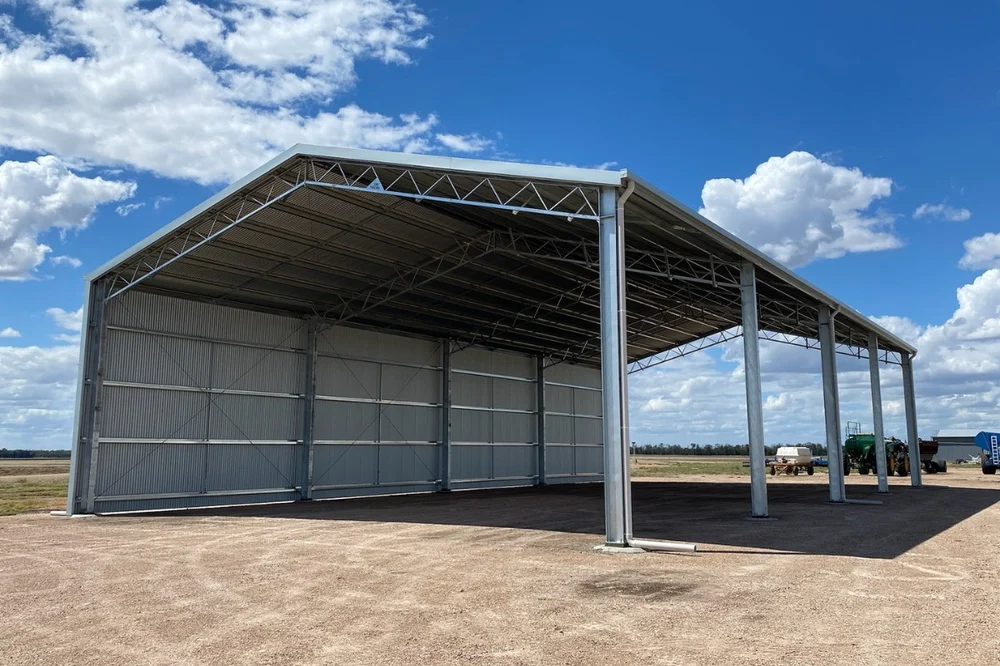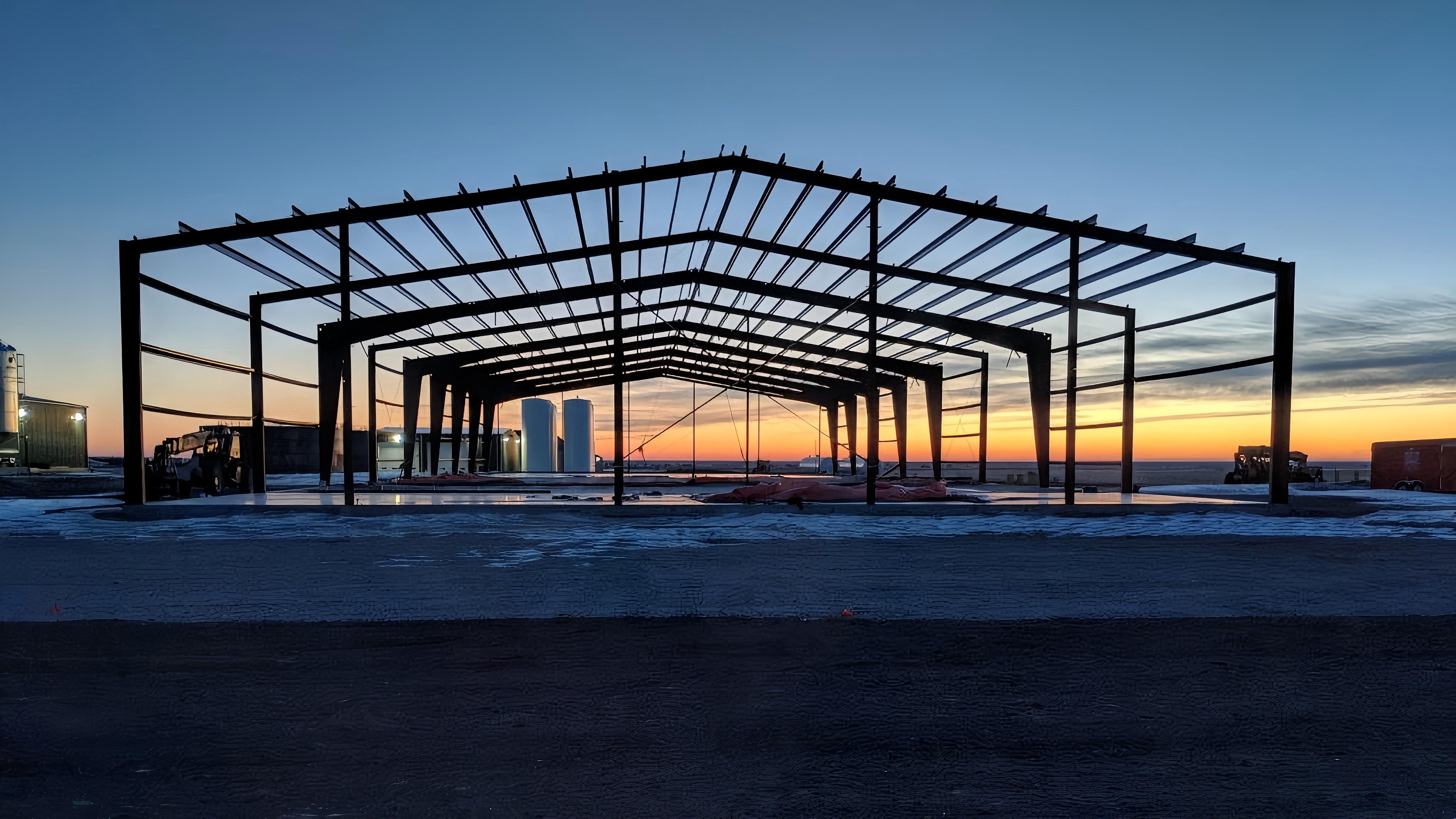- PRODUCT CENTER -
Leave A Message
Product Parameters

Here's a clear comparison of steel girder bridge types and their key differences:
Types of Steel Girder Bridges
Key Differences Explained
Load Capacity:
Rolled I-beams: Simplest, for light loads
Plate girders: Customizable for heavy rail/road loads
Box girders: Best for combined bending+torsion (e.g., curved bridges)
Span Capability:
Short (<30m): Rolled beams
Medium (30-100m): Plate/box girders
Long (>100m): Box girders dominate
Fabrication Complexity:
Rolled beams: Ready-to-use
Plate girders: Field welding/bolting required
Box girders: Precision welding of closed sections
Economic Factors:
Rolled beams: Cheapest upfront
Box girders: Higher initial cost but lower life-cycle maintenance
Aerodynamics:
Open I-girders: Prone to wind vibrations
Closed box sections: Better for high-wind areas
Specialized Variants
Variable Depth Girders: Deeper at supports (optimizes material usage)
Launching Nose Girders: Tapered front for incremental construction
Orthotropic Decks: Integrated steel decking (common in box girders)
Selection Guide
Highway Overpass: Plate girder (cost-effective for 40-60m spans)
Mountainous Terrain: Box girder (handles curves and torsion)
Urban Aesthetics: Tub girder (sleek appearance)
Railway Bridge: Heavy plate girder (fatigue-resistant details)
Packaging and Transportation
Instruments and Equipment
FAQ
Q: How can I get a quote for my project?
Q: How long can I get the price?
Q: Can we visit your factory?
Q: Do you provide customized product services?
Q: Where is the loading port?
Q: How to package the product?
Q: What if I have no import experience?
Q: Can you provide on-site installation service?
Q: How long is the delivery time?
Q: What is your payment terms?
Q: How can I place an order if my trial order does not reach your MOQ?
Q: How do you control product quality?
Contact Us
RELATED PRODUCTS
TOUCH WITH US

